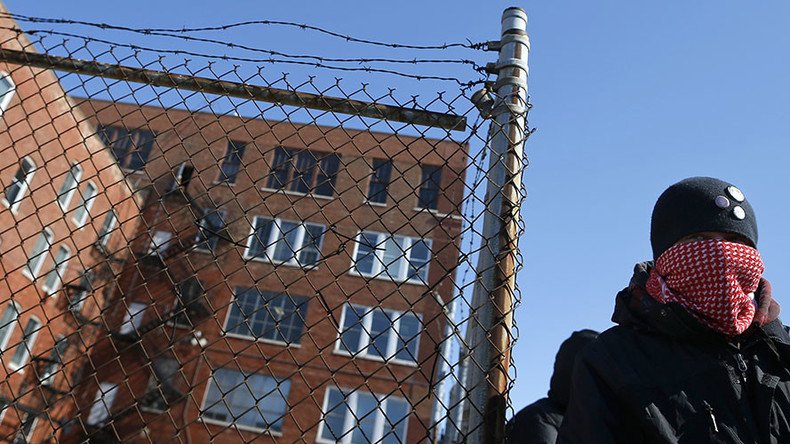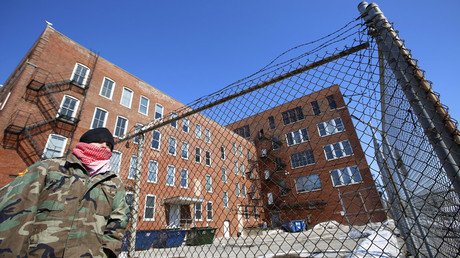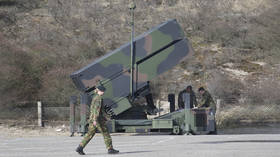Chicago ‘black site’ so secretive most police didn’t know who they were holding – report

Thousands of people were taken by police to Homan Square, Chicago’s off-site interrogation center, over the last decade, yet the public had no way of knowing who was being held at the facility – and most of the time police didn’t know either.
Out of the 7,351 arrests at Homan Square that have been disclosed since 2004, Chicago police officers not working at the facility would have been able to find information on only 275 of them – or less than 4 percent, according to a new report by the Guardian, which cited police documents and depositions from officers obtained after it filed a freedom of information lawsuit.
The public, meanwhile, wouldn’t have had access to any of the records.
When asked in a deposition how the public could try to find someone who was being held at Homan Square, Lieutenant William Kilroy said: “I don’t know that you can contemporaneously.”
Most of the records regarding individuals held at the facility exist outside of the Chicago Police Department’s official electronic records system. Ultimately, this allowed police to arrest and interrogate thousands of people without notifying the public, without allowing those detained to have an attorney present, and largely without other law enforcement officials knowing what was happening at Homan Square, the Guardian reported.
Of all those who were held at the site, less than 1 percent had access to an attorney. Some lawyers said that even if they showed up looking for their client, they would be denied access.
The treatment of those detained has also come under scrutiny, as a separate Guardian report found that officers used physical force ‒ including punches, beatings and Tasers ‒ against at least 14 people. Two people reportedly died while in custody there.
Before 2016, there was only one electronic record that could potentially show someone was at Homan Square, and that was through the Arrestee Movement records, according to a document written by Randolph Nichols, a senior officer in the Chicago police research department. In September 2015, Nichols said Chicago police “actually just created a unit the other day for Homan Square arrest processing.”
For their part, police have argued that the secrecy surrounding operations at Homan Square was necessary because officers often tried to make suspects cooperate and potentially even turn them into confidential informants, according to depositions from Nichols and Kilroy.
Chicago police officers tampered with dashcams to destroy footagehttps://t.co/tmbGqV4Daepic.twitter.com/uC5DwYBXWH
— RT America (@RT_America) January 29, 2016
Since there was little or no electronic record-keeping done at Homan Square, officers kept records using paper. These records have yet to be disclosed, although negotiations between the Guardian and police are ongoing.
However, even the paper records may not fully tell the story of a detainee. In his deposition, Kilroy said the documents may not identify which people were there as police informant and which were brought there under arrest.
Police use of Homan Square was first brought to light back in February 2015. Those held at the facility have complained of being beaten and illegally restrained for hours without being allowed to contact people outside the building. One individual claimed he was sexually abused until he agreed to take part in a drug sting.














